The Dutch National Opera has no Wagner programmed this season but fans of the wizard of Bayreuth can somewhat indulge themselves with Königskinder by Engelbert Humperdinck. As in Humperdinck's greatest success, Hänsel und Gretel, Königskinder brings two children and a witch to the stage. But unlike in Hänsel und Gretel, in Königskinder humans are the real evil. Köningskinder is one of the six fairy tale operas by Engelbert Humperdinck, of which only Hänsel und Gretel is still regularly performed on stage. As in Hänsel und Gretel, Königskinder brings two children and a witch to the stage. But unlike Hänsel und Gretel, Königskinder doesn't have a happy end. In a world that's harsh and unforgiven, peace is only found in death. A grim and hostile world. An intolerant society. One could argue that with late 19th-century Königskinder, Elsa Bernstein-Porges was looking ahead to the future of her own life. (She published under the pseudonym Ernst Rosmer because she thought; not without reason, just like George Sand, that a male name would garner more respect). In 1942, her sister and she, at the age of 76, would be deported to Dachau and later Theresienstadt. Her sister did not survive, Elsa did. She was granted a special protected status at the intercession of Winifred Wagner. Elsa, who as a 10-year-old in 1876 was the youngest to attend the premiere of Der Ring des Nibelungen in Bayreuth (all four operas!), would eventually die in 1949. Traumatised by the Nazis but with her faith in the Germany of Goethe and Wagner, in which she had felt so at home, still intact. Königskinder is among the first works she wrote as a play. Heinrich Porges, her father who had worked with Humperdinck on preparing the premiere of Parsifal in Bayreuth, had asked Humperdinck to write some incidental music for it. The play would premiere as a musical melodrama, a combination of text and music, in Munich in 1897. 10 years later, Humperdinck would develop it into a complete opera in which form it premiered with great success in New York in 1910. Death and opera are intertwined. Many a protagonist awaits such a fate, but that does not take away the fact that Königskinder is perceived as unusually melancholic, as extra sad. The world of Königskinder is one in which the hope for a better life clashes adamantly with the reality in which the search for something good in human beings proves futile. The children in the story ensure that while that hope, in the long run, need not be entirely in vain, they show tolerance and wisdom, the opera is limited to the moment when the goose-herding woman and the boy who travels the world with a crown in his rucksack in search of the woman worthy of becoming his queen find only in death what they were denied in life. A union in peace. In an opera where the Wagnerian footprint cannot be ignored, a link to Senta and the Flying Dutchman, to Tristan and Isolde, is easily made. Love couples who only find each other in an afterlife, through death, or a transfiguration into love. In any case, away from the material world. Far away from the cold heartedness of fellow human beings. L'enfer c'est les autres. The world of Königskinder is one in which the hope for a better life collides adamantly with the harshness of an intolerant world. Humperdinck's music is full of Wagnerian references. Not surprising for a composer who was heavily under Wagner's spell. Once, while walking towards Wagner in Wahnfried's garden after winning the Meyerbeer Prize, he was attacked by Wagner's dogs. They tore off Humperdinck's coat. "Your dogs have congratulated me!" said Humperdinck. Wagner angry. At Humperdinck. "But I didn't attack your dogs, did I?" It did not brighten Wagner's mood. In his diary, Humperdinck noted about that mood: " Alternating winds and a chance of rain." It did not disturb the relationship in any sense. The modest Engelbert conformed to the whims of the master. For the Wagner lover, Königskinder is like a grab bag. We encounter a frivolous paraphrasing of the Notung motif when the king's boy pulls out his toy sword. (And with that tree on stage, we immediately think of Die Walküre). The festival scene in the second act is Die Meistersinger in a blender, and do we hear the Siegfried-Idylle passing by there? The music with which Humperdinck solidifies the drama in the third act exudes a Parsifal-like stillness. The Spielmann's horror when he finally finds the dead bodies of the Königskinder is like a cry for Erbarmen (Verdorben, Gestorben!). We are deprived of Schopenhauerian Mitleid here but Humperdinck shows himself a serious student. One who largely does without the pretensions of his great example, that is. Yet Königskinder is more than just a Wagner derivative. With the solo parts for violin and flute, thus providing concerto-like moments, Humperdinck crawls from under the shadow of his maestro. (Whereby the violin, in this production, is given a role on stage as a character). Humperdinck creates a musical landscape in which a hard world and the search for something beautiful in all their incompatibility create great, moving and dramatic moments. He creates a musical landscape in which the melody, so Wagnerian, meanders beautifully along the voices of the singers and the instruments of the orchestra. A sensuous musical texture that blends beauty and drama, as one cannot exist without the other. The opera may take a bit too much time in the first act (it won't be a problem for those used to staring into the Wagner pendulum, by the way), it gets better each act. Marc Albrecht, a champion of the German-romantic repertoire, returns to the Dutch National Opera with Königskinder for the first time since Tannhäuser, together with Christof Loy. With his familiar passion and drive, Albrecht directs the orchestra through this richly varied late-romantic work. It was Loy who planted the idea of a production of Königskinder in Albrecht's mind, and in this production, as we have come to expect from him, Loy keeps the staging sober. A minimal lighting effect, a rising backdrop in the winter landscape of the third act, and an added ballet. The dancers at the beginning portray innocence. And lostness and death in the third act when the Königskinder have eaten of the bread that will end their lives. The dancers mirror and comment on a scene, a bit like a visual version of a Greek chorus. In this otherwise austere setting, the silent black-and-white film at the beginning of the third act, showing what happens to Der Spielmann and the witch, makes for a considerable visual spectacle. The ballet mirrors and comments on a scene, like a visual version of a Greek chorus. For an opera that is rarely performed, a more or less natural staging is welcome. So that we get it all lined up nicely, music and libretto, without too much distraction. But this production, well done as it is, also makes one long for more. The music does its job anyway but an opera like this that has something to say about society would also deserve a staging by a director that makes more daring choices (I'm thinking of someone like Stefan Herheim). The question that the witch asks why the town needs a king is a key moment (she is not the villain from Hänsel und Gretel here, more just an outcast, and given the behaviour of the villagers, this is to her credit). It is the window through which we look at a world that is unmerciful and intolerant, in which freedom is all too easily sacrificed on the altar of supposed grandeur. "Everyone has a house but no one has a throne." This is how the villagers express their longing for a king who has, like some sort of Santa Claus, to come and fill their existential emptiness. With in their voices the sound of those who will never truly understand anything, they chase Die Gänsemagd together with Der Königssohn out of town. A goose girl as queen is an insult. Only the children of the town see that what makes someone truly royal is inside ... As Königssohn, Daniel Behle sings a brave, recalcitrant man who chooses to go his own way. Ukrainian soprano Olga Kulchynska's Gänsemagd not only plays a leading role within the piece, together with Josef Wagner's Der Spielmann, she is this performance's standout. With a voice exquisite and expressive, along with empathetic acting, she gives shape to a woman who sees her will to freedom cut short respectively by the witch/her own imagination and the town's inhabitants. Der Spielmann of Josef Wagner, a character who seems to have walked out of Franz Schubert's Winterreise, shapes a man who has his heart (and vocal cords) in the right place. Die Hexe by DNO veteran Doris Soffel (a.k.a. Fricka from the Audi Ring) is one of a singer who already has some worn-out spots on her vocal cords but whose sharp edges are not out-of-character for the witch. Soffel's witch impresses, on stage and especially in the film at the beginning of the third act, by her charisma and acting. The children's chorus forms a beautiful, angelic layer on top of Humperdinck's Wagnerian instrumentation. It echoes the innocence and goodness, still present in people. After last June's Der Freischütz, Königskinder was the next, beautiful production of a German opera by the Dutch National Opera. It was while attending a performance of Der Freischütz in 1921 (this is a bridge) that Engelbert Humperdinck, as a spectator at a production where his son Wolfram was stage director, would suffer a heart attack. A day later, on 27 September, Humperdinck would die after a second heart attack. While his other opera which has kept repertoire, Hänsel und Gretel, was performed simultaneously on Sunday afternoon, 9 October, just down the road at Theater Carré, Königskinder celebrated, on the stage of the Muziektheater, the triumph of the underdog . An opera that deserves to be performed and heard more. - Wouter de Moor Königskinder, Dutch National Opera, Amsterdam, 6-22 October 2022
Conductor: Marc Albrecht Stage direction and choreography: Christof Loy Set design: Johannes Leiacker Costume design: Barbara Drosihn Netherlands Philharmonic Orchestra Chorus of Dutch National Opera Nieuw Amsterdams Kinderkoor Der Königssohn: Daniel Behle Die Gänsemagd: Olga Kulchynska Der Spielmann: Josef Wagner Die Hexe: Doris Soffel
0 Comments
|
TIMELINE
July 2024
|

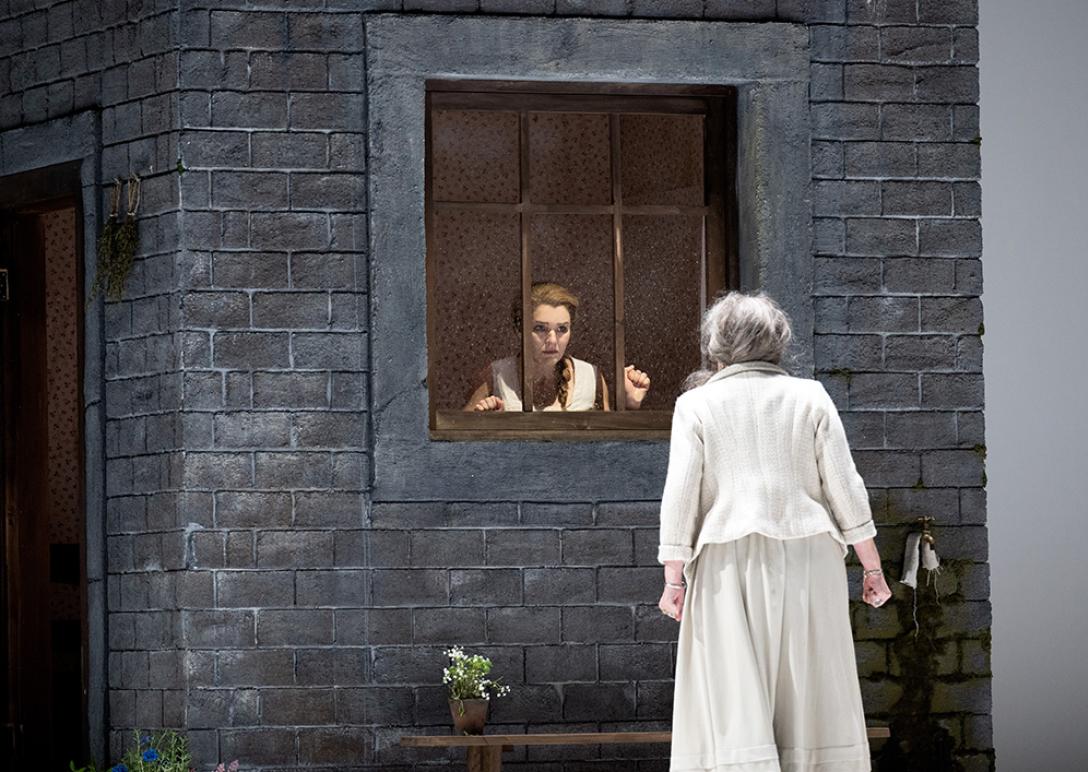
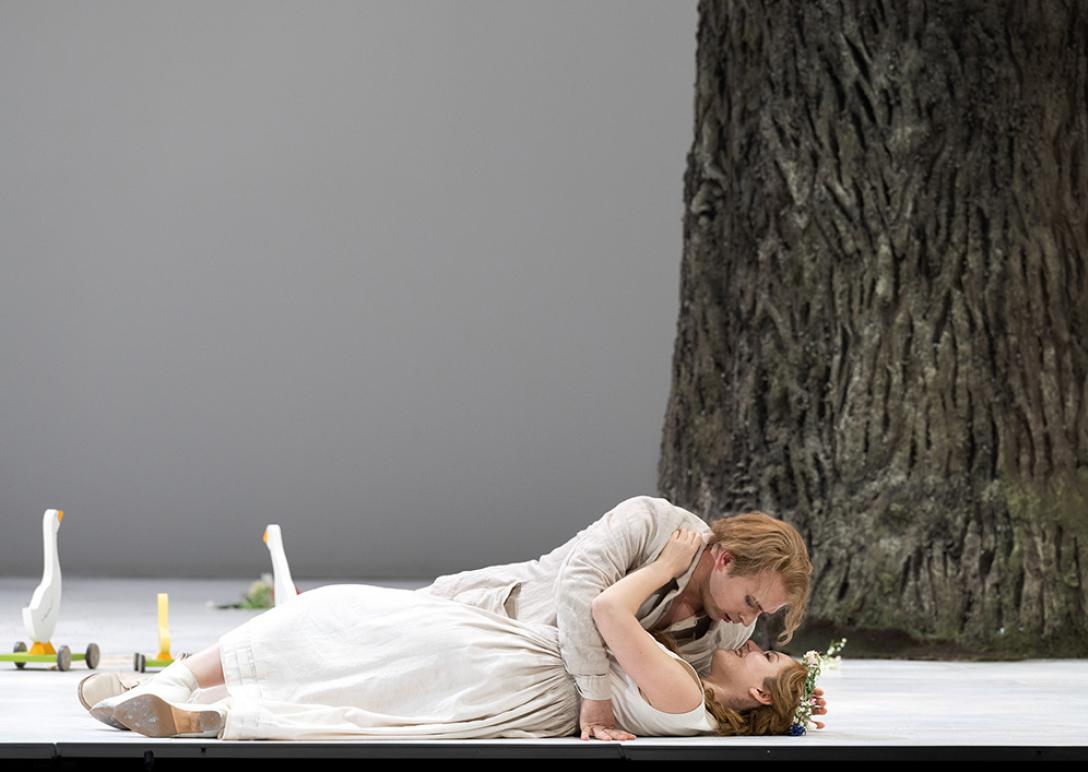
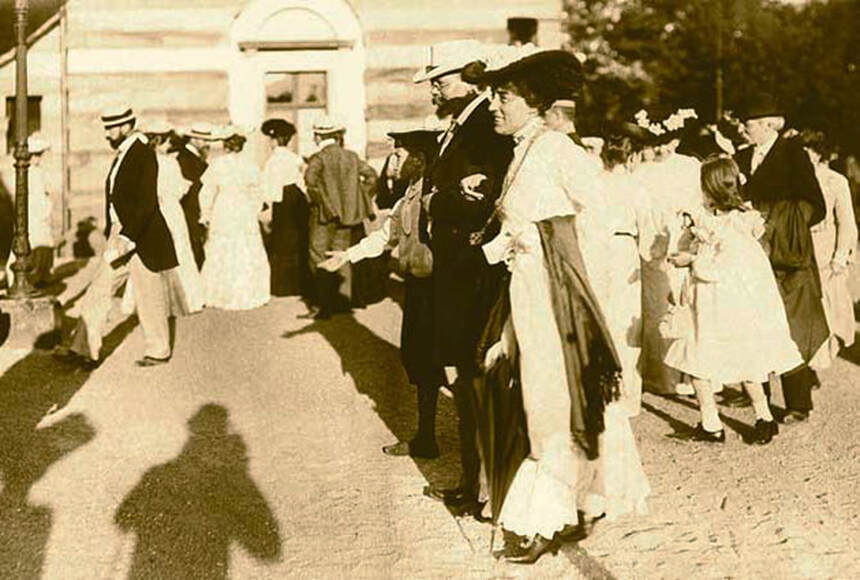
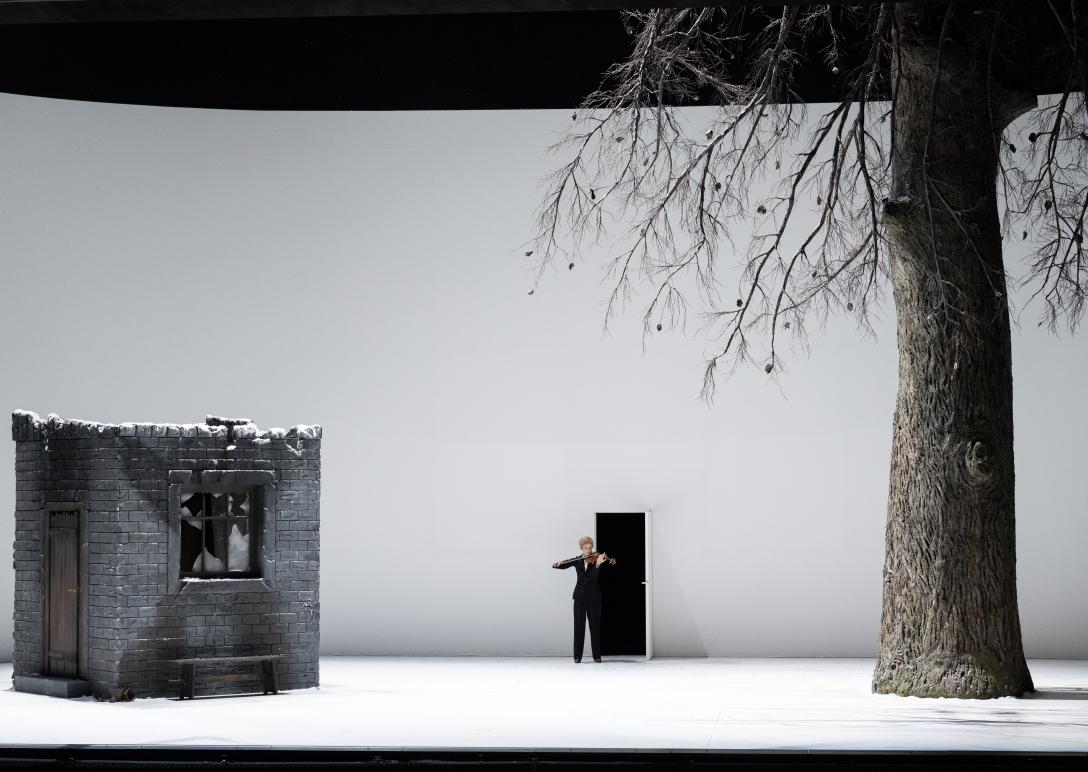
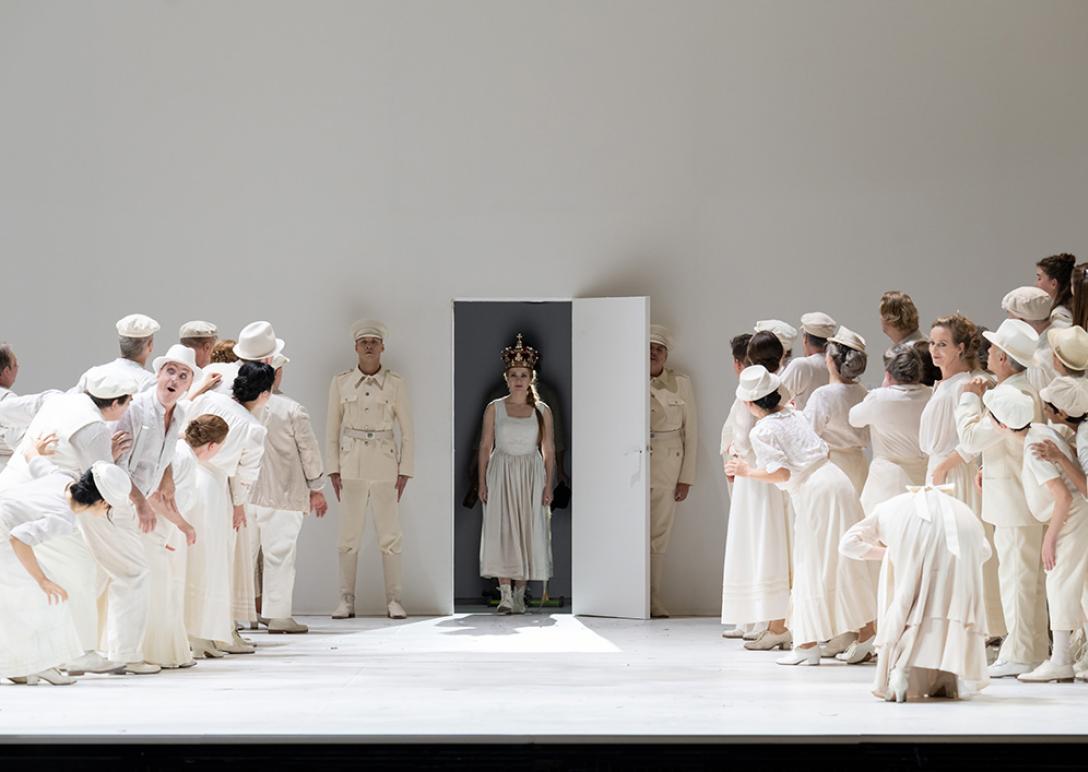
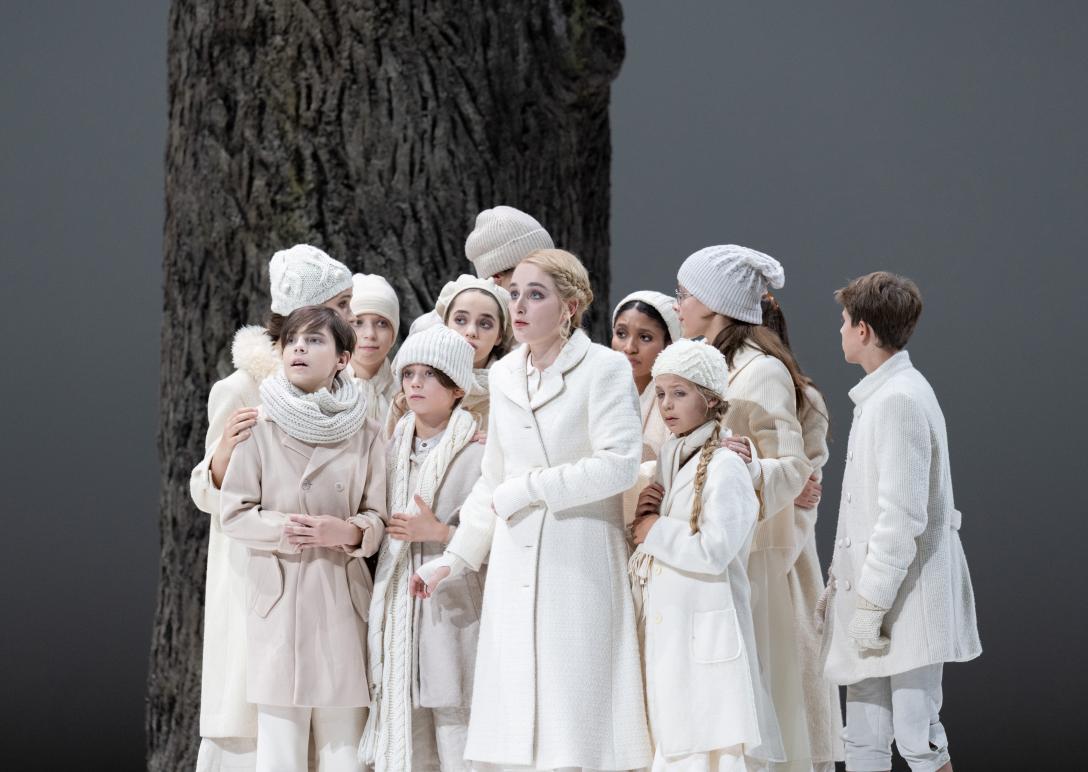
 RSS Feed
RSS Feed